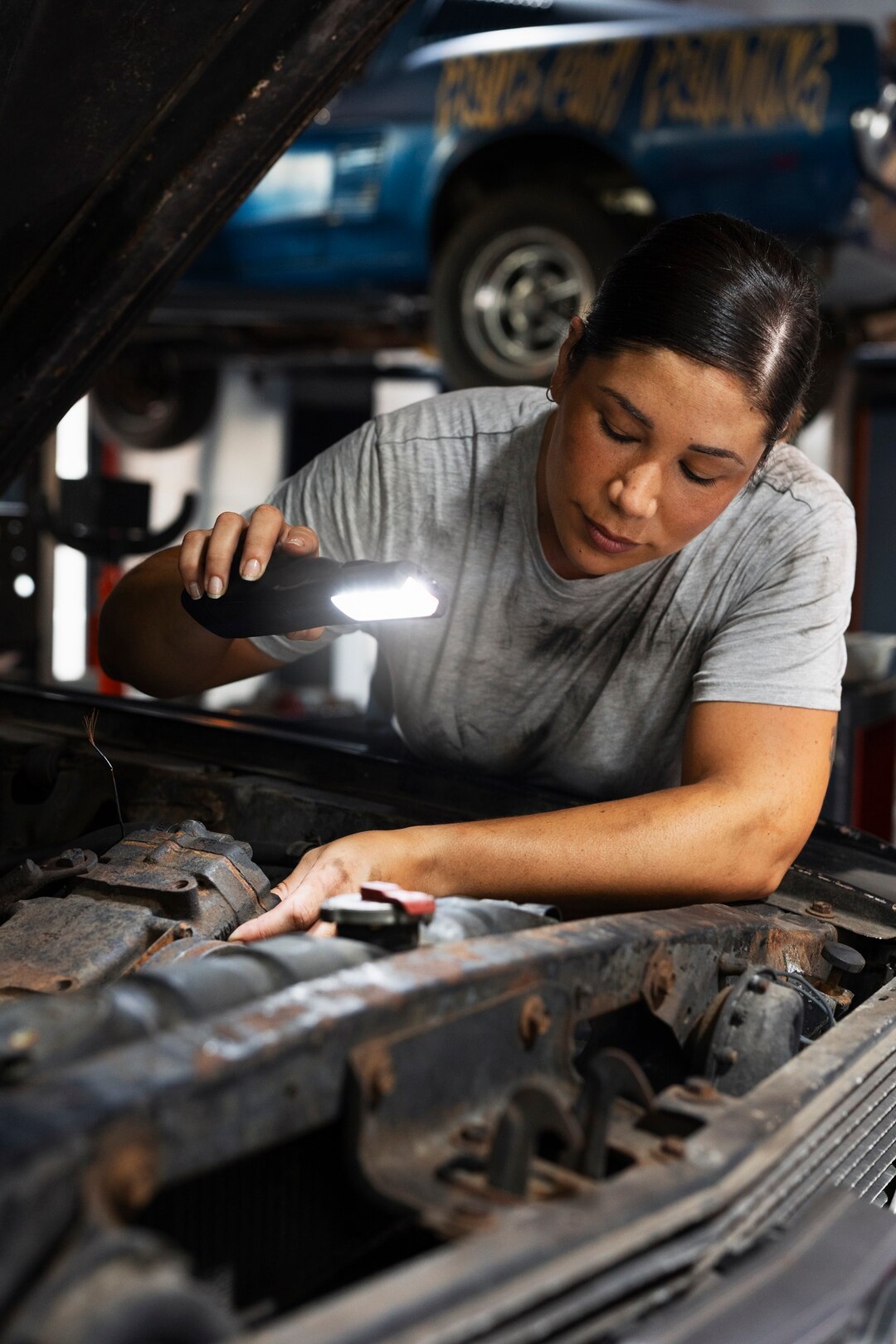The cooling system in your car is crucial for maintaining optimal engine temperature and preventing overheating. Ignoring signs of a failing cooling system can lead to costly repairs or even engine damage. Here are ten signs that indicate it might be time to replace your car’s cooling system:
- Temperature Gauge Fluctuations: If you notice frequent fluctuations in your car’s temperature gauge, it could be a sign of a failing thermostat or a coolant leak. Inconsistent temperatures indicate that the cooling system is struggling to regulate engine heat.
- Coolant Leaks: Keep an eye out for puddles of coolant under your car when it’s parked. Coolant leaks can stem from various sources, such as a cracked radiator, deteriorated hoses, or a faulty water pump. Addressing leaks promptly can prevent engine damage.
- Engine Overheating: An overheating engine is a clear sign of cooling system trouble. If your temperature gauge spikes into the red zone or you notice steam coming from under the hood, pull over immediately to avoid severe damage. Continuing to drive with an overheating engine can result in costly repairs.
- Low Coolant Levels: Periodically check your car’s coolant reservoir to ensure it’s at the proper level. If you find that you need to top up the coolant frequently, there may be a leak in the cooling system. Keep in mind that coolant should be topped up with the appropriate mixture of water and coolant as specified in your owner’s manual.
- Visible Damage: Inspect the various components of your car’s cooling system for visible signs of damage. Look for cracks, corrosion, or bulging in the radiator hoses, as well as damage to the radiator itself. Any visible damage should be addressed promptly to prevent further issues.
- Strange Noises: Unusual noises coming from your car’s engine bay, such as grinding or whining sounds, could indicate a problem with the water pump. A failing water pump can impede coolant circulation, leading to overheating and engine damage.
- Steam from the Hood: If you see steam billowing from under the hood while driving, it’s a sign of coolant escaping the system and evaporating upon contact with hot engine components. Pull over immediately and allow the engine to cool before investigating the cause.
- Poor Cabin Heating: The heating system in your car relies on the circulation of coolant to provide warmth to the cabin. If you notice a lack of heat or inconsistent heating, it could indicate a problem with the cooling system, such as a clogged heater core or low coolant levels.
- Sludge or Rust in Coolant: When inspecting your car’s coolant, check for any signs of sludge or rust particles. Discolored or contaminated coolant suggests corrosion within the cooling system, which can impair its effectiveness and lead to component failure.
- Persistent Coolant Odor: A sweet smell emanating from your car’s engine bay could indicate a coolant leak. Even if you don’t see any visible signs of leakage, a persistent coolant odor suggests that coolant is escaping the system and should be addressed promptly.
If you notice any of these signs in your car, it’s essential to have the cooling system inspected by a qualified mechanic. Ignoring cooling system issues can lead to costly repairs and engine damage. Regular maintenance and prompt attention to any warning signs can help ensure your car’s cooling system operates efficiently and reliably.











